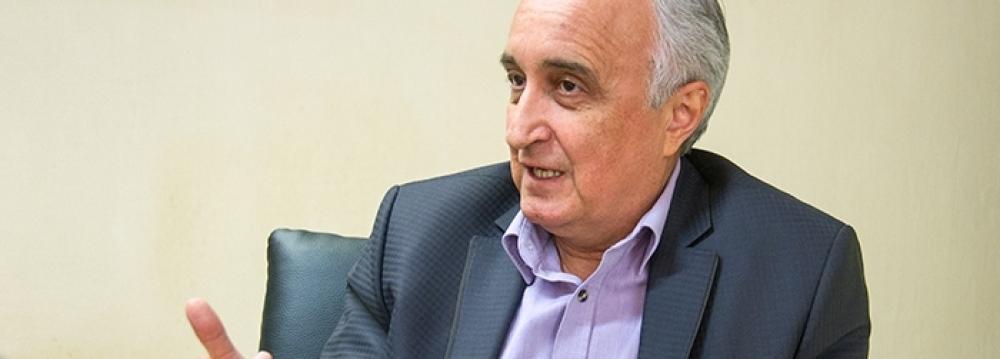Iran’s Tazirat Organization (a judiciary-affiliated entity that monitors trading offenses) is set to control prices in the runup to the Iranian New Year holidays (starting March 21).
The not-so-new announcement, which keeps reappearing around this time every year, was made by Justice Minister Mostafa Pourmohammadi recently.
“That a judicial entity is operating under the auspices of the executive branch of the government is in and of itself a ‘big problem’ in the country’s administration and the principle of separation of powers,” the Persian weekly Tejarat-e Farda quoted Iranian economist, Mousa Ghaninejad, as saying.
“Pricing is an economic process and has nothing to do with the judiciary branch or the Ministry of Justice. Any interference in pricing should be carried out by economic organizations and not judiciary-affiliated entities.”
Unfortunately, governments cannot resist the temptation of interfering in the market through a variety of mechanisms: Pricing, storage of strategic goods, imports at particular times and subsidies.
These schemes only create considerable costs for the governments and distort the market.
“In addition, they are sending this message to people that your government is not sitting idle and is doing something,” Ghaninejad said.
Basic economics is based largely on supply and demand. The relationship between demand and price is a positive correlation, meaning if demand increases (in special times like holidays or the holy month of Ramadan), prices will also increase.
“This is so natural and happens everywhere in the world. The interference of Tazirat Organization or the Consumers and Producers Protection Organization has only led to the pricing of a few low-quality items,” he said.
In a free market system, this linkage between supply and demand leads to price discovery–the process by which the market automatically adjusts supply until the optimal price is reached. This is often referred to as the “equilibrium” price, an article on Passionforliberty.com reads.
If the price of a commodity is above equilibrium, there is excessive profit to be made by producers from that commodity. This will cause more producers to enter the market to take advantage of the high profits, which in turn increases supply and drives down price.
And the reverse is also true. A price below equilibrium lowers profits and causes some producers to stop producing the good. This supply reduction raises the price.
This way, when a price deviates from the equilibrium price, there will automatically be correcting forces that will push the price back to equilibrium. This price discovery mechanism is the bedrock of a free market system and always leads to optimal prices for goods.
“Constant attempts at market regulation in Iran have their roots in thinking patterns within economic governance,” Ghaninejad said, adding that the flawed structure of the economy will not change unless these patterns change.
“Statesmen need to accept the fact that a market’s natural conditions cannot be controlled and that these ill-advised attempts at market manipulation introduce additional overhead into the system.”


